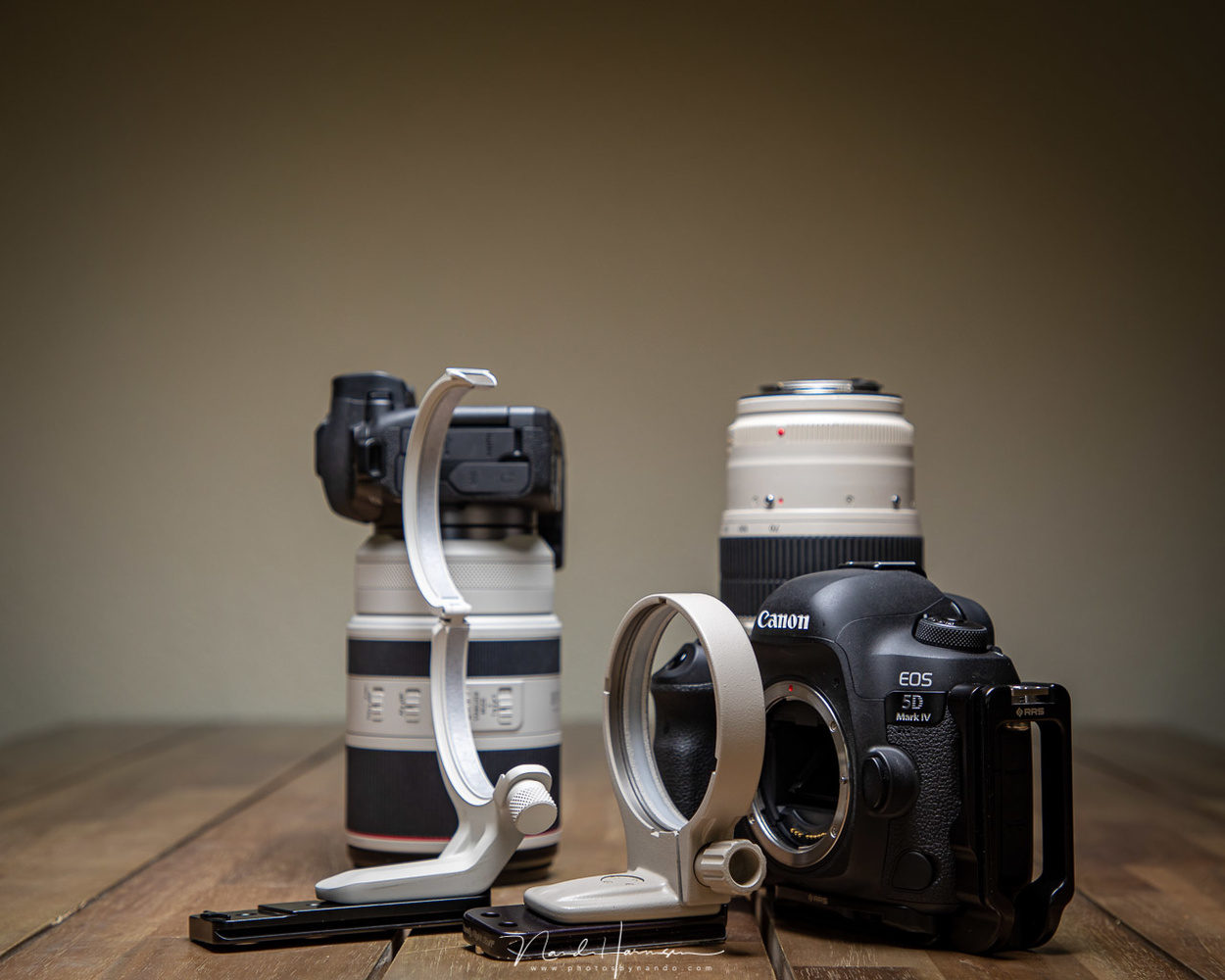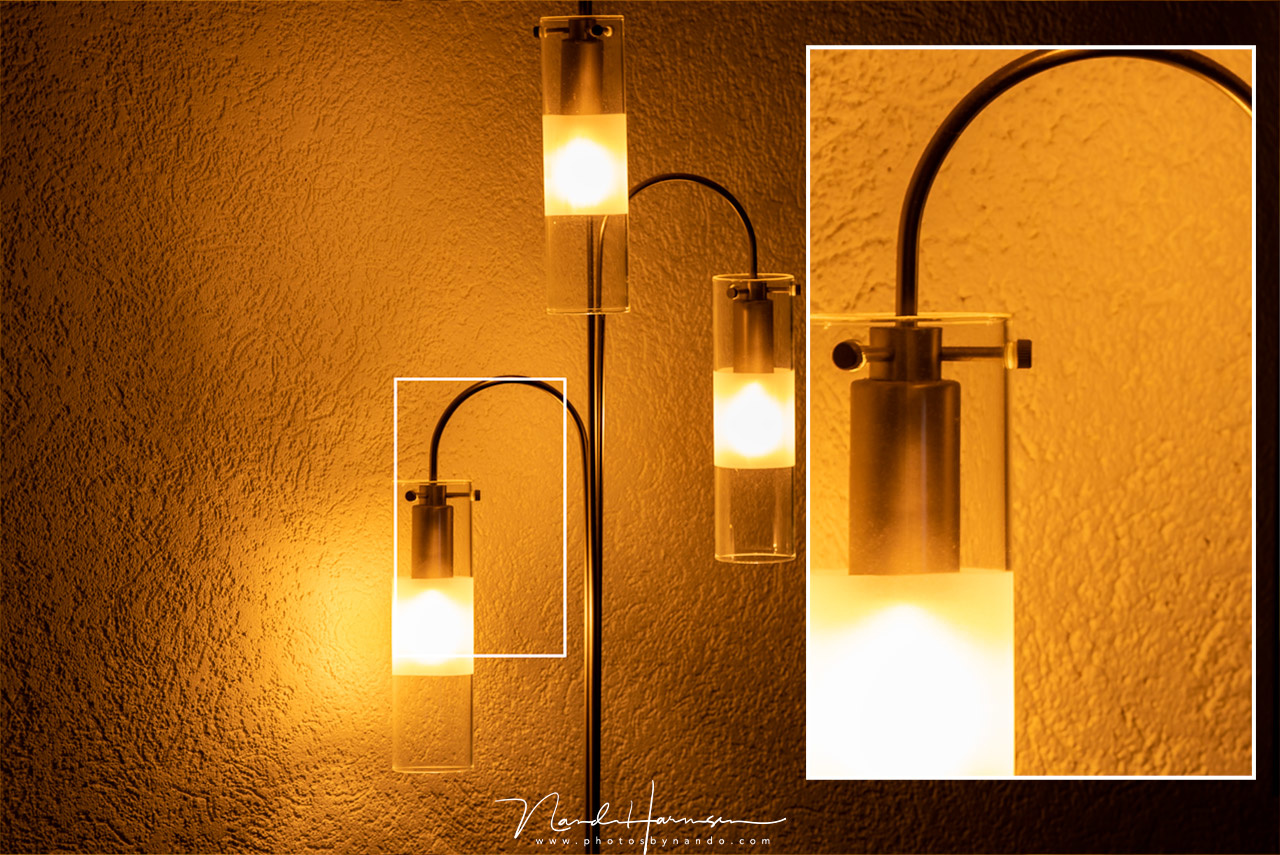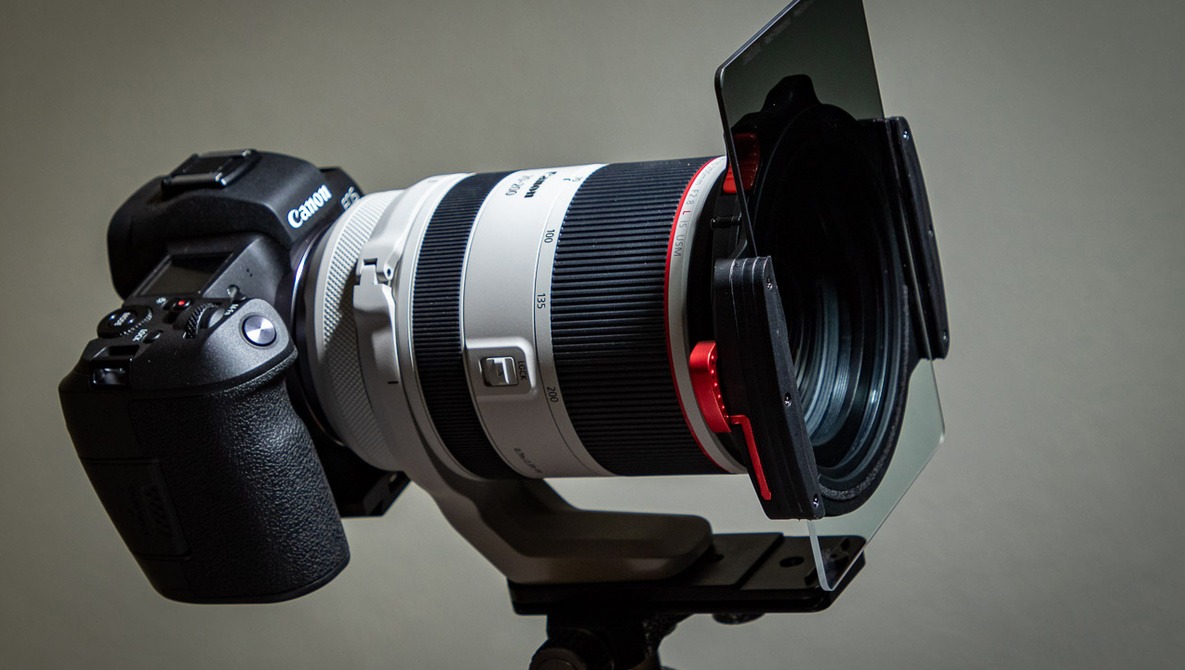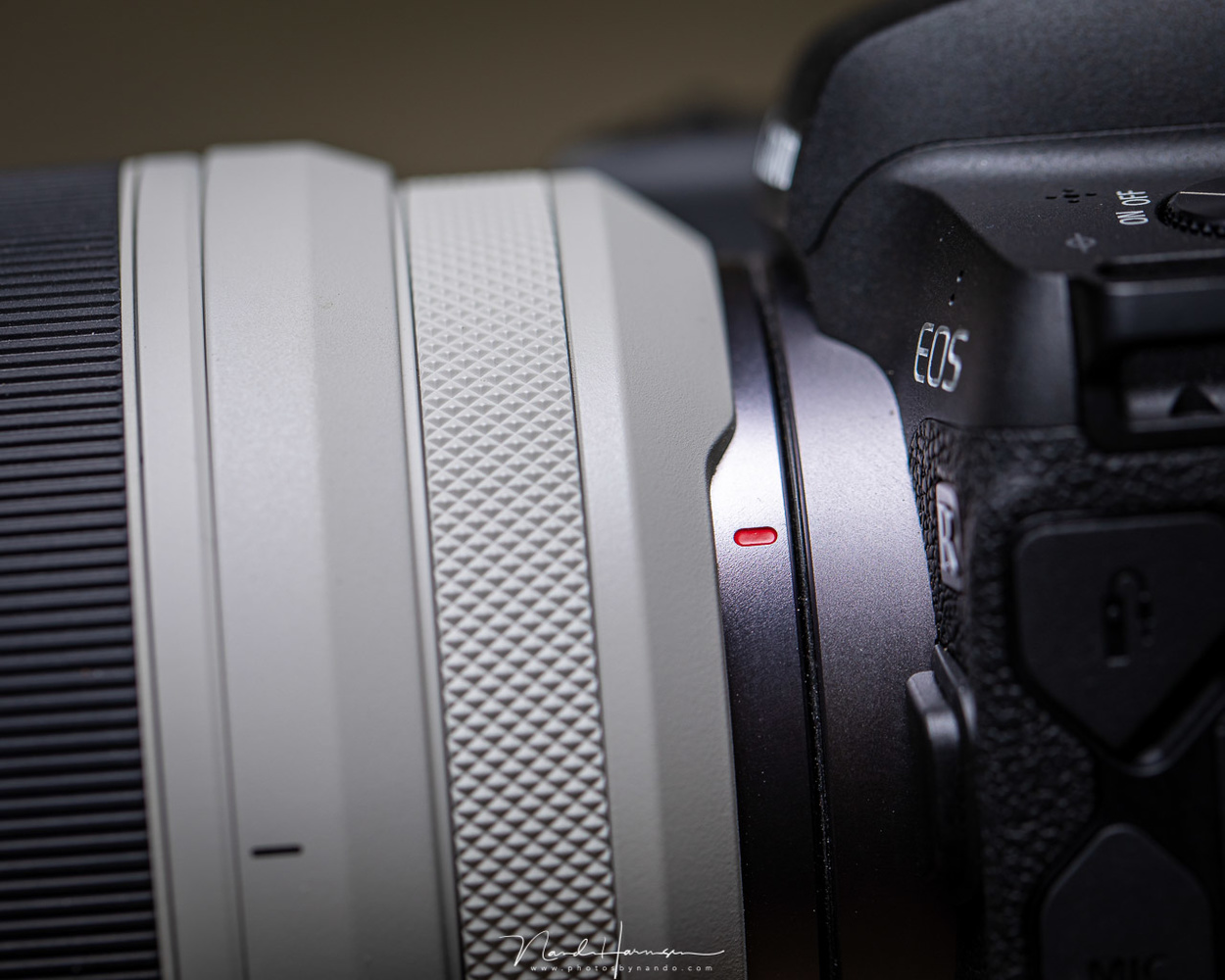I find a 70-200mm lens one of the most versatile lenses available. It is a perfect lens for different types of photography. Canon released the 70-200mm lens for its mirrorless camera system at the end of 2019. I was able to use this lens for a while, and these are my findings.
The 70-200mm lens was the first lens I bought next to my kit lens when I switched over to digital photography. And even long before that time, I had a 70-200mm lens in my camera bag. Through the years that have passed, I found out it is one of the most versatile lenses available. It is perfect for portraits, and you can use it for landscapes and semi-macro. It is perfect for shooting concerts, sports, domestic animals, and even wildlife, although you will agree the latter will often benefit from a longer focal length.
The RF Version of the EF 70-200mm f/2.8L at Last
Up until the end of 2019, users of Canon mirrorless cameras were limited to the old EF versions of the 70-200mm lens together with one of the three available EF-RF adapters. It made the lens a bit longer in a way, and the setup became somewhat out of balance. After all, the EF 70-200mm f/2.8 lenses are very long and heavy. Although it works, it is far from perfect.
Canon released the RF version of that versatile lens, and it has become a very different lens compared to the EF versions. Instead of a zoom mechanism that is built inside the lens barrel, keeping the lens the same length while zooming, the RF will change in length when zooming.
Canon has used this design for the EF 100-400mm f/4-5.6L II already, and now it has found its way to the RF 70-200mm f/2.8L and even the new RF 100-500mm f/4.5-7.1L IS lens. You might think it has become the new standard for the white tele zoom lenses.
The release of the RF 70-200mm f/2.8L lens makes it possible to use this zoom lens on the Canon mirrorless camera without the need for an EF-RF adapter. It is something a lot of users were waiting for. The new design makes the lens also very compact, easy to carry with you, and it fits much more easily inside a camera bag compared to the old EF 70-200mm f/2.8L lens.
Design of the RF 70-200mm f/2.8L Lens
The lens is a real piece of art, especially when compared to the old EF versions. The finish is beautiful, with a nice bayonet ring, very robust buttons, and a good grip. The control ring has a distinct feel to it, making it stand out from the zoom and focus rings.

The control ring is easy to distinguish from the other rings, because it doesn't have a rubber ring.

The tripod ring can be removed without taking the lens from the camera. When removed, there is no empty space on the lens.
The tripod collar can be removed without removing the lens from the camera. This is a huge benefit, making it easier to switch. If you remove the tripod collar, the lens keeps its great appearance. There is no indication anything is removed. Although it doesn’t change the way the lens performs, I think it is a great detail.
The lens offers no big surprise concerning the buttons. You can find a focus limiter, the AF/MF switch, the stabilizer, and the three stabilizer modes. Canon claims a five-stop stabilization. There is a zoom locking switch also, preventing the lens barrel from extending.

The control buttons on the RF 70-200mm f/2.8L IS are probably familiair when you have used a Canon lens before.

The image stabilization works up to five stops. It is enough to shoot handheld at 1/4th of a second at the 200mm focal length.
Using the Lens
At the time I was offered to review the lens, the Canon EOS R and EOS RP were the only two mirrorless cameras available. I had to use a Canon EOS R for this review.
The RF 70-200mm f/2.8L is 56 mm shorter compared to the EF versions, and it weighs over 400 grams less. Because of this, the lens feels perfectly in balance on the Canon EOS R body. It becomes longer when zooming, reaching the same length as the EF version, but the center of gravity stays almost in the same place. If you are used to the EF versions, you need to get used to the new position of the zoom ring. Now it is located in the front, the place where you might expect the focus ring.
The RF 70-200mm f/2.8L has a control ring, just like every other RF lens. I used it for changing the aperture. But I found the control ring in a most inconvenient position. It is located close to the lens bayonet and thus not easy to use when holding the camera and lens. I felt the lens to be out of balance when I wanted to use the control ring. Perhaps that is something personal and something to get used to.

Shooting action is no problem with the RF 70-200mm f/2.8L IS. The autofocus is very quick and accurate. (200mm, f/2.8, ISO 125, 1/1,000 s)
The autofocus of the RF 70-200mm f/2.8L works almost instantly. It is silent also, thanks to the Dual Nano USM focus motors. I didn’t have a lot of problems keeping a running dog in focus, although I had a strong impression it could perform better on a more capable sports camera. Now that I have used the Canon EOS R5, I think this lens is built for that kind of camera.
My Impressions
I used the RF 70-200mm f/2.8L for landscapes, a few portraits, and some casual action shooting. Although I rather would have a lens with an internal zoom, I became rather fond of this design. It is lighter, smaller when zoomed in, and the finish is so much better compared to the EF version.
Unfortunately, the Canon EOS R5 wasn’t released when I reviewed this lens, and I think the Canon EOS R was unable to use the full potential of this lens. Now that the Canon EOS R5 is available, I don’t hear a lot about this lens, which is a pity. If you have chosen a Canon EOS R5, or perhaps a Canon EOS R6, I think this lens is worth the investment, if you have the money, that is. Because one of the things I don’t like too much is the high price.
Things I Like
- Only 1,070 gram (the EF 70-200L III weighs 1,480 grams)
- Only 146 mm long (the EF 70-200L III is 199 mm long)
- 5-stop image stabilization
- The minimum focus distance is 700 mm
- Dual Nano USM focus motors, the first of its kind
- Autofocus is fast and quiet
- Tack-sharp images from f/2.8, with a slight improvement at f/4
- No petal-shaped lens hood and it’s white
- Lens firmware can be updated through the camera
- Tripod collar can be removed without removing the lens from the camera
- Superb finish
Thinks I Didn’t Like
- The control ring is located too close to the camera
- The clicking sound of the control ring can only be switched off by a Canon Service Center
- Price is a bit high
You can pick up your copy here: RF 70-200mm f/2.8L.



















Looks like a beauty! If Canon ever ships my R5, I'll probably order this.
Yup, that R5 wait is tough. I've been waiting almost three months. Adorama says they'll probably have them by early November. But, I think it'll be more like Christmas. I sure hope Canon has considered the Christmas shopping season.
I'm a bit shocked that people still don't have their R5s yet, the company I work for got ours way back in August (preordered from Best Buy) so I assumed the preorders were steadily making their way out to everyone over the past few months. Maybe we just got super lucky?
One retailer told me that the plan was to announce/release the R5 first and R6 later. Canon (Japan) wanted a bigger splash. So they got released together which caused problems. I've just decided to forget about it and wait. It'll come when it comes. :(
I think that people that ordered via big retailers are the most affected.
Those that used the small stores and local ones (my self included) got them quite fast.
Yeah, mine was a preorder - directly from Canon on July 9.
I've gotten on lists at some local smaller shops in my area. Oddly enough, their wait lists are short. One of them has the RF-50 1.2 in stock while B&H and Adorama don't!
Just received my R6 and RF 15-35 with the total price of an R5. I accidentally get the camera in a small shop, just hanging there in display. All online shops are pre orders only.
This lens really outdoes its EF predecessor. I too only found a couple of don't-likes but not deal breakers: zooming and control ring placement. But, the images you get far outweigh those minor issues.
I read that it wasn't compatible with RF TC's.
That would seem somewhat of a "Don't like".
Ah yes, I forgot about that. That is a don't like indeed
I wondered why Canon is inconsistent now? In the past, white lenses all compatible with TC. Now, so far the two white lenses are one incompatible and the other one was limited compatibility.
That zooming crap makes it a problem for camera rigs and gimbles. Guess I can't use it with that long lasting 8k from the R5.
I'd be willing to bet that at some point Canon puts an end to that zooming "feature".
Every zoom lens has a moving part, inside. Also the center of gravity with the 16-35L changes when zooming, although the lens doesn't change in length.
That's more than shifting.
True
I wonder... how many filmers will use a gimbal when filming with such a lens? And wouldn't it be better to use the tripod colar for balance?
Just asking, because I would like to understand how it is done
Tripod wouldn't help as thing completely throws off balance. Would be used more for camera rigs with rails where add ons are tightened down and would now have to adjusted each time the lens is zoomed. I can also see dust, dirt, water, etc hitting the lens and then getting retracted into the lens as it gets smaller so hopefully this isn't an issue. But I applaud them on trying to match Sony on the importance of small and cute camera gear that I care nothing about. Add the R5 to that small factor contest and their most likely reason for not making the body large enough to support 8k.
When you use the tripod color, the lens won't be off balance when zooming in. Dirt, dust and water isn't an issue with this system. I use the 100-400L II for many years and I never had any problem with this.
You mention Sony for small and cute, but have you ever used the 70-200 G lenses? They are just as big and heavy as the EF lenses.
Fortunately, I am no videographer but a photographer, so changing balance isn't a problem for me. But I wonder why videographers would prefer such a camera over a real video camera. But that is another discussion.
"But I wonder why videographers would prefer such a camera over a real video camera"
You're dealing with 2 sorts of people here. The ones that cannot afford a video camera, and the ones that cannot even afford a tripod ;)
Well, if you have the money for a EOS R5...
lol
I thought we were talking about cameras, not camping stoves. I'll wait for the R5 II where they have 8k working properly but cripple 12k.
If you really need 8K for filming, I guess you are better of with a video camera. It is stupid of Canon to give 8K so much attention, but all brands are doing the same thing. If not for video, than for ISO levels.
Nobody was discussing 8K for filming before ther R5 came out... now everyone is complaining about it because it isn't as good.
Are you a filmer that shoots in 8K?
I have two BMPCC 6k cameras for video so could care less but I shoot with a 5d Mark 4 and moving over to mirrorless for a camera that doesn't include what they promoted seems like a dishonest rip off to me so I'll stay with my camera until it's dust.
People who buy an EOS R5 for its 8K capabilities, are probably people who buy a camera just for its specs, not for real use. Just like you use BMPCC 6K cameras for your video.
Why care for those who buy an EOS R5 camera because 8K is mentioned in the specs? If those people would really need that resolution in film, they should do more homework before buying.
Well the Mark 4 wasn't a huge upgrade from the Mark 3 but the promoted 4k was an extra worth upgrading. Until you find out they used an mjpeg codec and the file size was 4gb per 1 minute of video and a mess to edit. This isn't their first time promoting something as click bait. Meanwhile companies like Blackmagic are throwing out everything but the kitchen sink with each release.
True... the video of the 5D4 isn't that great, but I found the upgrade from the 5D3 from a photographers point of view worth it.
Anyway. Why bother looking at Canon of there is a better choice for video? I wouldn't waste my energy on it.
Anyway... the article wasn't about Canon cameras, but about the RF 70-200L lens.
I have had my 100-400 II since the year it was released. Had never had an issue with dust, or salt water. On a trip to see the Big Island (Hawaii) lava flows into the ocean mine was constantly soaked with salt water during the boat ride, 2.5 hours in and 2.5 hours out. The pics of the lava came out great. And 1 year later I am still using it with absolutely now issues.
On the other side of the river I read that Nikon's 70-200S is bigger than the D-SLR version... :-(
Really?
I often wondered about some lenses by Nikon. Some of those seem so.... big.
Great lens indeed.
My biggest con is that you cannot use the extenders (1.4x or 2x) on that lens.
Beautiful images. I've never really been interested in this focal range, but find myself begin more interested in it as of late. I'm hoping to be able to be able to get the Nikon Z version soon; they have been hard to find.
For my portraits I prefer a 35mm and 85mm. But I wouldn't want to miss the 70-200 :)
I have the Nikon 85 f.18 Z, it's a sweet lens. But, I primarily do landscapes and travel.
Beautiful pictures and great review.
I may get this lens for my R5 if the old 70-200 II breaks. Like in 50 years or so... :)
Likewise